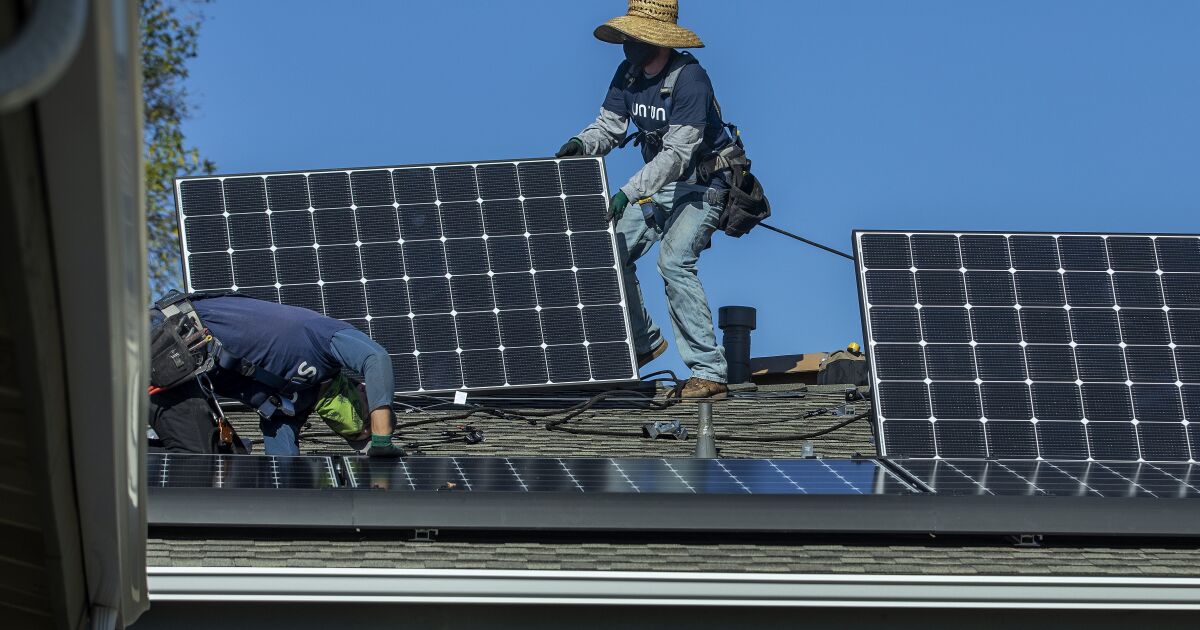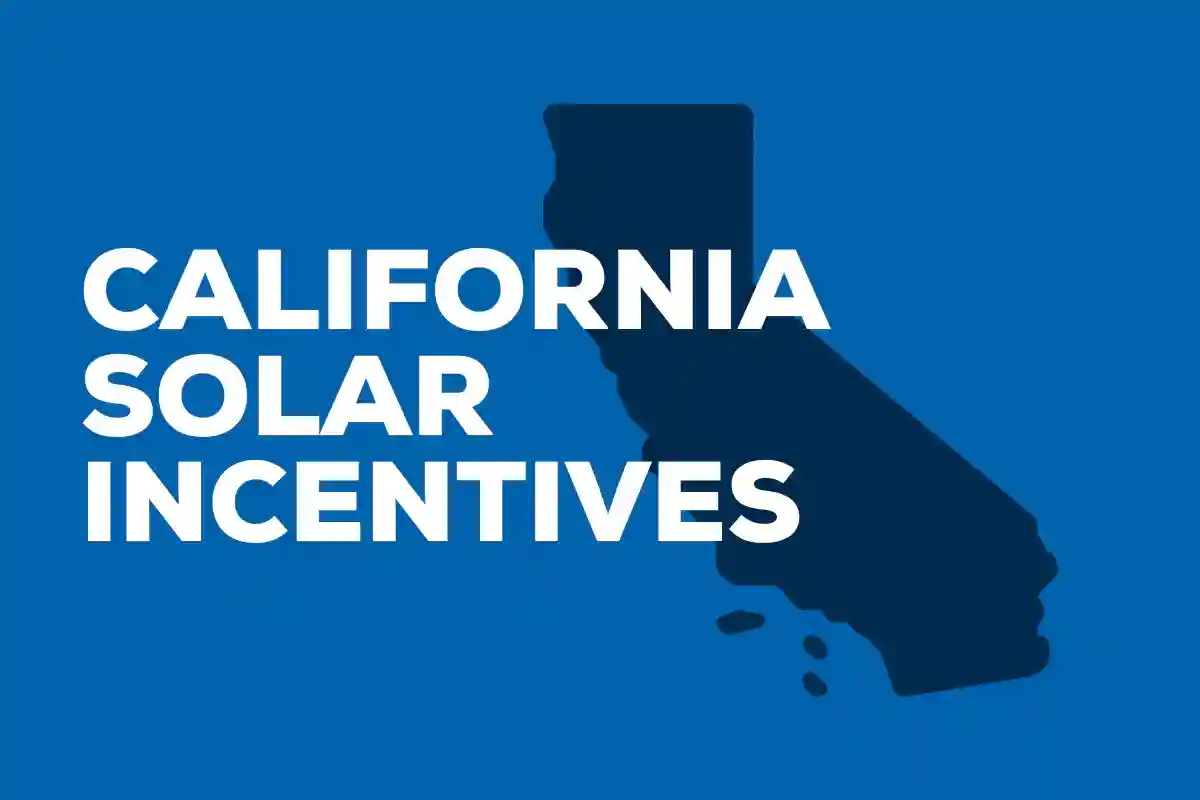Environmental concerns and the rising electricity cost has made Californian residents use solar energy as an alternative power source. The federal and state governments offer incentives when residents switch to solar energy. Some incentives are limited to homeowners with low income or in vulnerable communities, other are available statewide. Consumer Affairs shared some of the available California solar incentives:
Self-Generation Incentive Program (SGIP)
The Self-Generation Incentive Program, or SGIP, is administered through the California Public Utilities Commission (CPUC). SGIP incentivizes eligible residents to support existing, new, and emerging distributed energy resources, such as solar battery storage systems, as a source of energy during power outages.
Aside from the basic rebates, California’s SGIP offers two higher rebate categories. The rebates are aimed at providing battery storage incentives for medically vulnerable, lower-income, and at-risk-for-fire communities.
Eligible customers can avail of the Equity SGIP rebates at $850 per kilowatt-hour (kWh) or the Equity Resiliency rebates at up to $1,000 kWh. Note, Equity budgets are limited, and consumers are required to join a waitlist.
Also Read: Option for Transferable Energy Tax Credit – The Inflation Reduction Act
Disadvantaged Communities – Single-Family Solar Homes (DAC-SASH)
DAC-SASH was created in June 2018, which provides financial assistance for income-qualified homeowners in vulnerable communities.
Eligible homeowners can receive no-cost rooftop solar installations through the GRID Alternatives. Those who qualify can save money on their electricity bills and even increase the value of their homes.
Interested applicants must receive their electrical service from Pacific Gas and Electric Company (PG&E), San Diego Gas & Electric (SDG&E), or Southern California Edison (SCE) to qualify, among other requirements.

There are a variety of California solar incentives: some incentives are limited to homeowners with low income or in vulnerable communities, and others are available statewide. (Photo: Los Angeles Times)
Local Utility Company Rebates
Some municipalities also offered their version of utility rebates. Depending on your location, you can avail of these rebates GoSolarSF, PG&E, the Rancho Mirage Energy Authority, the Los Angeles Department of Water and Power, and the Sacramento Municipal Utility District. You can contact your utility provider for more information on available rebates in your area.
See: Americans who Switch to Clean Energy Equipment to Receive Incentives from the Department of Energy
California Solar Tax Credits and Benefits
California solar incentives are also offered through a tax credit. Taxpayers who purchase or install certain solar systems can subtract a specific amount from the tax they owe.
The California Solar Initiative (CSI) General Market Program is no longer offered in the state, but residents can still take advantage of the federal credit and other programs.
Federal Solar Investment Tax Credit
American residents can take advantage of the federal solar investment tax credit (ITC) to reduce their out-of-pocket costs of installing solar.
Homeowners who installed solar photovoltaic systems between 2022 and 2032 are eligible for a 30% credit with no cap on savings. While those who installed in 2033 and 2034 are eligible for a 26% or 22% tax credit, respectively. If you spend $50,000 installing a solar system in your home, you can claim a tax credit and reduce your federal income taxes by $15,000.
Mark Steber, chief tax information officer at Jackson Hewitt, reminds homeowners that the federal residential solar energy credit is only available for those who purchased and installed solar panels on their homes. The tax credit is not available for those leasing the equipment.
See: $100B Federal Subsidies are at Stake: Clean Hydrogen Controversial Debate
Active Solar Energy System Exclusion
In California, this program lets homeowners construct active solar energy systems without decreasing or increasing the assessed value of their existing property. It means once you install a new solar system, the value of your home will increase, but the increase will not be reflected in your property taxes.
However, the active solar energy systems program does not include solar swimming pool heaters, passive energy systems, hot tub heaters, or wind energy systems. Additionally, this program is scheduled to sunset on January 1, 2025.
If you have plans on purchasing or installing solar energy systems, you have to do now while the incentive is still available.
Read More: Stay on Top of Your Utility Bill Payments with These Three Steps

